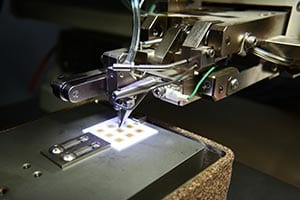Executive Summary
As technology nodes shrink, the supply voltages of CMOS circuits are scaled down too, and because of that, standby leakage current increases, becoming significant. Until recent years, area and performance were the two main factors in the semiconductor industry. Now, leakage power has gained in importance. To reduce this, several leakage power minimization techniques have been proposed. These techniques are divided into two main categories: CAD-driven techniques, and technology-driven techniques. CAD-driven techniques use different kinds of circuit styles and design methodologies to minimize power. Technology driven techniques, like Silicon-On-Insulator (SOI), also minimize leakage power dissipation. This paper covers a CAD-driven technique, Multi-VT.
Introduction
As the technology is shrinking and density is increasing to millions of gates in single SoC, power dissipation in the chip due to leakage is becoming significant. The power has mainly two components: Dynamic Power and Static Power.

The static Power means power dissipation of cell when there is no input transition while dynamic power means Power dissipation of cell when the is input transition of cell. Static Power dissipation mainly happens due to sub-threshold current. In more recent times leakage power is big concern. The leakage power increases exponentially as threshold voltage is reduced.





